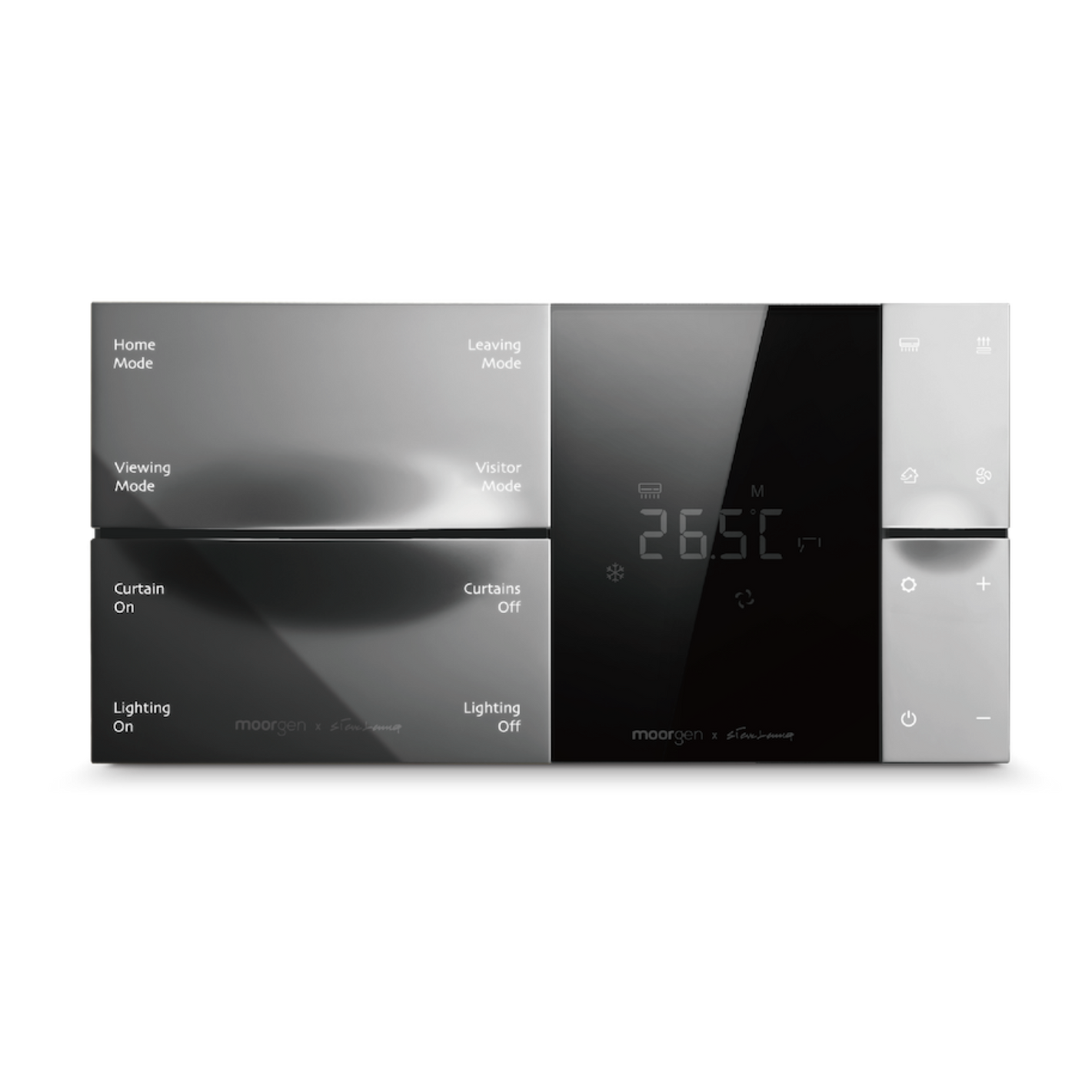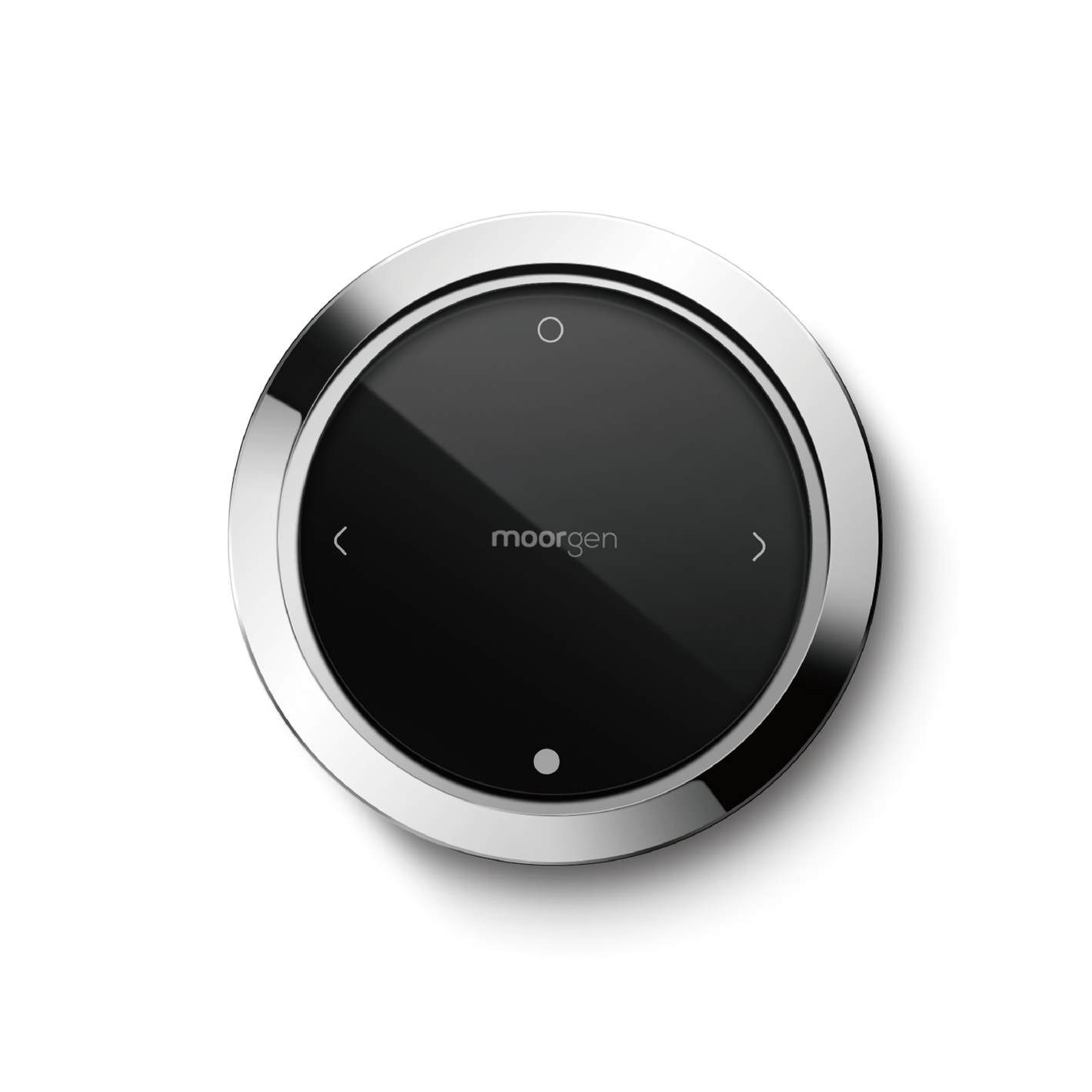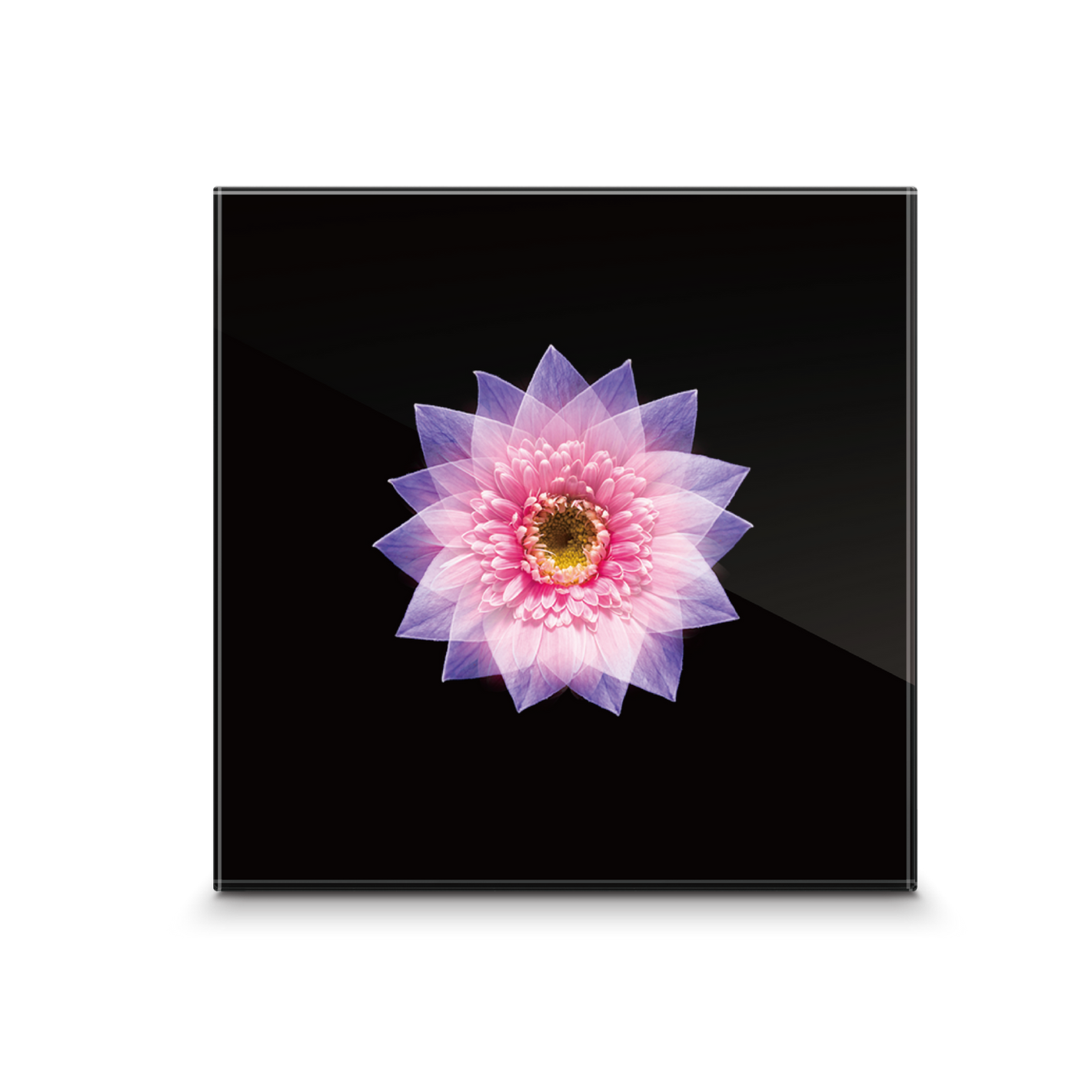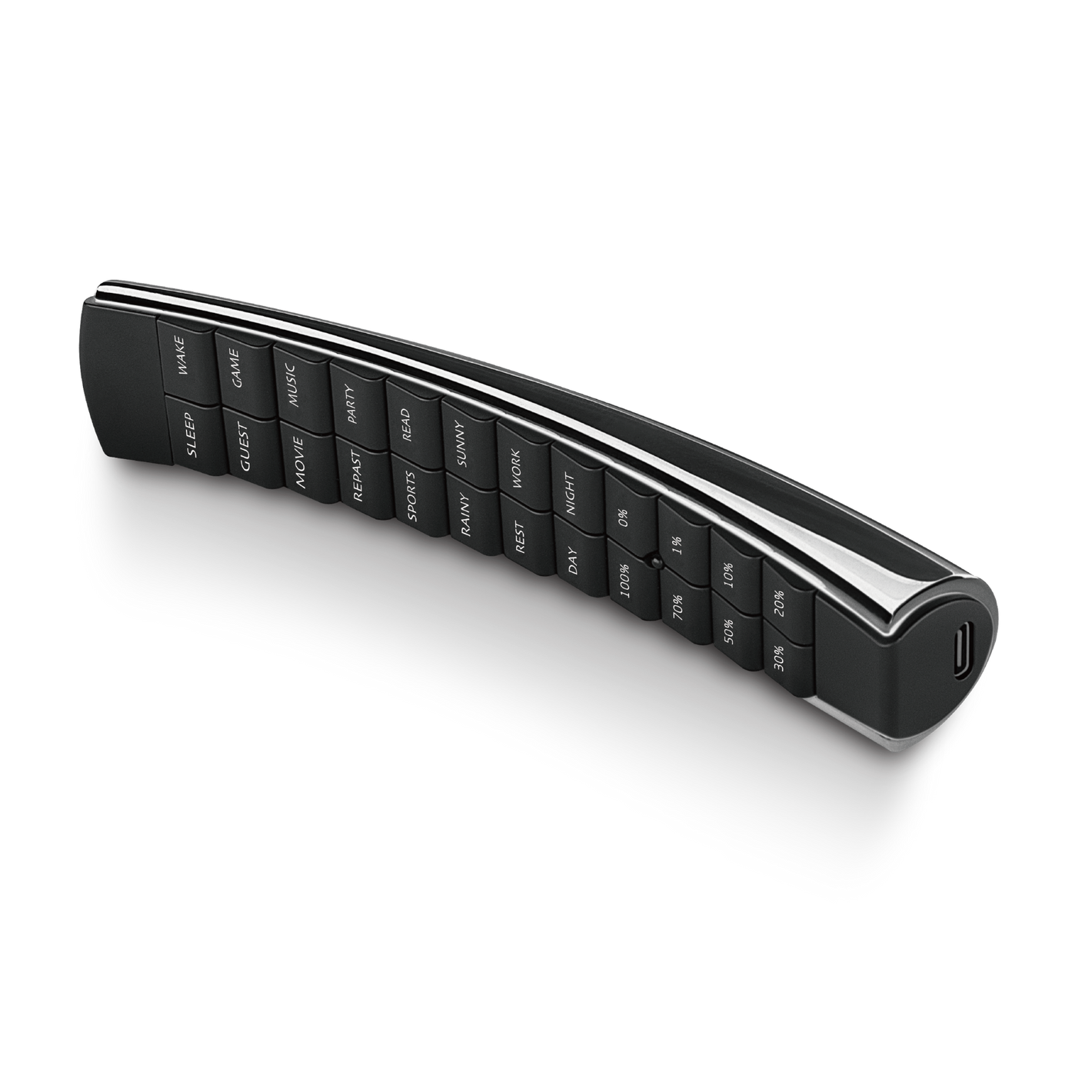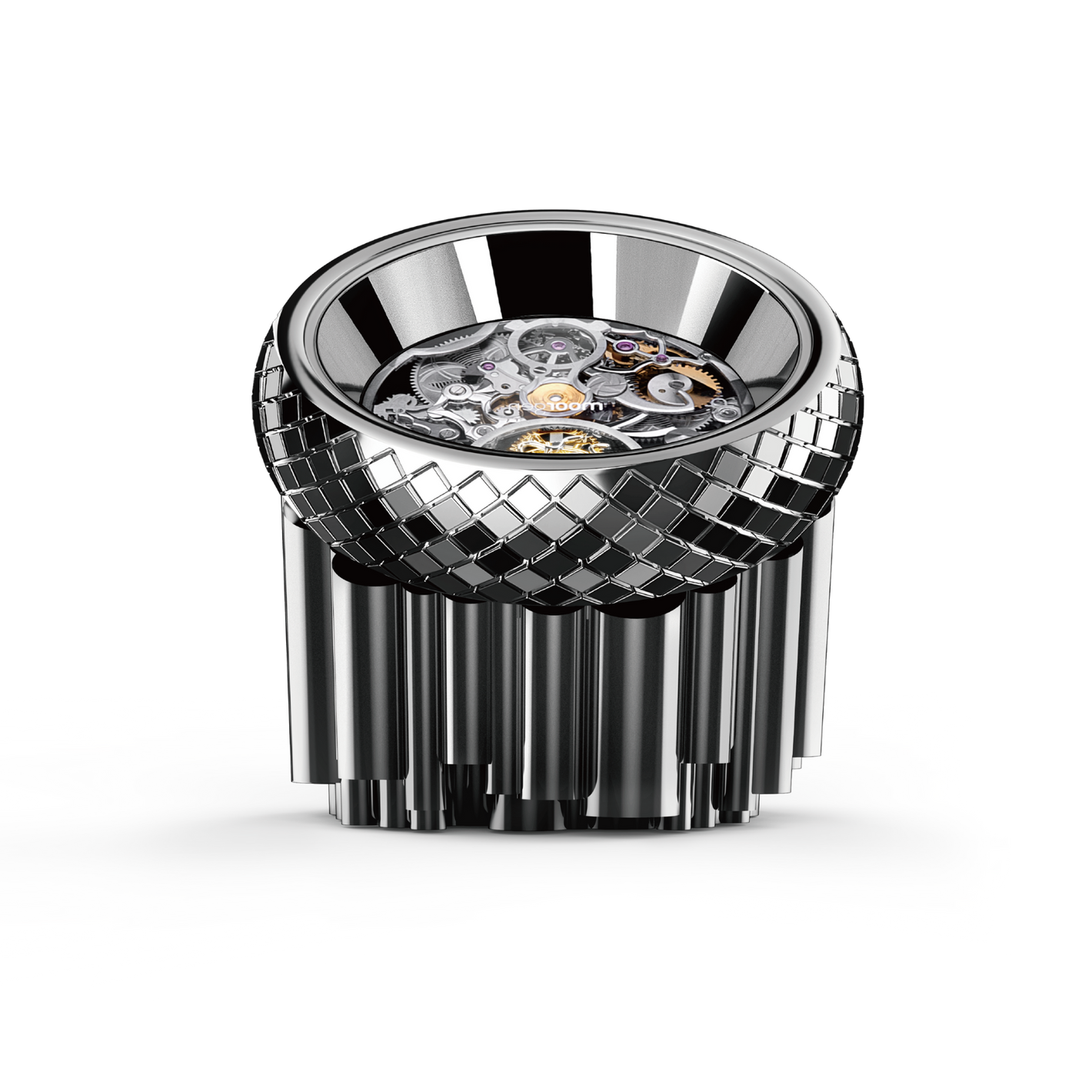【Smart Home Living】6 Major Causes of Air Conditioner Dripping
In Hong Kong, it's common knowledge that air conditioning is a must during summer! Yet, many people often encounter issues with air conditioners dripping, whether it's upstairs or in their own homes, which can be quite troublesome. If your home air conditioner is dripping, it can range from being a minor inconvenience to potentially facing legal responsibilities, with consequences varying in severity. Can the air conditioner dripping be DIY repaired? What about complaining if it's the upstairs air conditioner dripping? Moorgenzine has all the answers to your air conditioner dripping problems!
Key Highlights of the Article:
- 6 Major Causes and Solutions for Air Conditioner Dripping
- Cause #1: Improper Installation of the Air Conditioner
- Cause #2: Purchasing an Inappropriate Air Conditioner
- Cause #3: Blockage in the Air Conditioner's Base Tray or Drainage Outlet
- Cause #4: Aging or Deformation of the Air Conditioner's Drainage Pipe Leading to Poor Drainage
- Cause #5: Dirty Evaporator Coil of the Air Conditioner Leading to Dripping
- Cause #6: Frost Formation on the Air Conditioner's Evaporator Coil Leading to Dripping
- How to Prevent Air Conditioner Dripping? Learn 4 DIY Maintenance Methods
- Clean the Air Conditioner's Dust Filter
- Clean the Air Conditioner's Drainage Hole and Base Tray
- Clean the Air Conditioner's Evaporator Coil
- Deep Clean the Air Conditioner
- Problems Arising from Air Conditioner Dripping - Will You Be Fined?
- Legal Responsibilities
- Deterioration of Building Exterior Walls
- Can You DIY to Solve Air Conditioner Dripping Issues?
- How to Deal with a Leaking Air Conditioner from the Upstairs Unit and How to File a Complaint?
- Self-Handling
- Filing Compliant
6 Major Causes and Solutions for Air Conditioner Dripping
Cause #1 - Improper Installation of the Air Conditioner
The installation methods differ for split-type and window-type air conditioners. Improper installation significantly increases the risk of air conditioner dripping.
Split-Type Air Conditioner
Most people may not be aware that the correct installation of a split-type air conditioner involves tilting it slightly towards the drainage outlet. This is because while the air conditioner cools the outdoor air and blows the cooled air indoors, condensation occurs, accumulating in the evaporator and drainage outlet inside the air conditioner. If a split-type air conditioner is not installed with a slight tilt, it may cause improper drainage, resulting in condensation accumulation outside the evaporator. Over time, this can lead to water leakage and even mold growth, causing the air conditioner to emit a musty odor.
Therefore, one of the reasons for split-type air conditioner dripping is the insufficient tilting angle during installation.
Solution for Improper Installation of Split-Type Air Conditioner:
You can have a professional air conditioner technician inspect the tilting angle and direction of the split-type air conditioner. If improper installation is found, adjusting the tilt angle of the air conditioner is recommended. If adjustment is not possible, reinstalling the air conditioner to tilt it slightly towards the drainage outlet should solve the condensation drainage issue.
Window-Type Air Conditioner
The installation method for window-type air conditioners requires them to be installed level. If the base of the air conditioner tilts, the accumulated condensation in the tray may overflow, leading to dripping issues. Another cause of dripping is the absence of a base tray for collecting condensation water.
Solution for Improper Installation of Window-Type Air Conditioner
You can have a professional air conditioner technician inspect whether the window-type air conditioner is installed level. If the air conditioner, especially the base tray, is not installed horizontally, adjusting the level of the air conditioner is necessary. If adjustment is not possible, reinstalling the air conditioner may be required.
Cause #2 - Purchasing an Inappropriate Air Conditioner
Sometimes, the placement of air conditioners in Hong Kong residential estates may be restricted, leading to incomplete installation of all air conditioner drainage devices, resulting in dripping. Therefore, when purchasing an air conditioner, besides choosing a brand with guaranteed quality, consider opting for a model with "anti-dripping" features. "Anti-dripping" design refers to evaporating condensation water through fan blades and condensers, eliminating concerns about drainage issues.
Solution for Inappropriate Air Conditioner:
If you accidentally purchased an unsuitable air conditioner model, you can have a professional air conditioner technician inspect it to see if there are any solutions. If there are no readily available solutions, it's advisable to replace it with a suitable air conditioner. Dripping issues can lead to legal consequences, and accumulated water or drainage problems can also affect the lifespan of the air conditioner. In the long run, repair costs may increase.
Cause #3 - Blockage in the Air Conditioner's Base Tray or Drainage Outlet
The bottom of most air conditioners is equipped with a base tray to collect condensation water, with the tray's drainage hole connected to a drainage pipe, allowing condensation water to flow along the building's exterior wall. If the base tray's drainage hole or drainage pipe is blocked by leaves, sand, or other debris, condensation water will accumulate in the base tray and overflow, causing the air conditioner to drip.
Solution for Blocked Base Tray or Drainage Outlet:
Regularly cleaning the base tray is recommended, especially paying attention to whether the drainage hole is blocked. Additionally, ensure that the curvature of the rubber hose is normal because insufficient curvature may lead to sedimentation of impurities in sewage, eventually causing drainage blockage.
Cause #4 - Aging or Deformation of the Air Conditioner's Drainage Pipe Leading to Poor Drainage
The drainage pipe of air conditioners is generally made of plastic, so prolonged exposure to the outdoors may cause aging, deformation, or even loosening, preventing proper drainage of condensation water from the base tray.
Solution for Aging or Deformation of Drainage Pipe:
If the drainage pipe is indeed aging or deformed, it's advisable to immediately replace it with a new drainage pipe to ensure proper drainage of condensation water.
Cause #5 - Dirty Evaporator Coil of the Air Conditioner Leading to Dripping
The evaporator coil of the air conditioner, commonly known as the "frozen coil," is located behind the partition grid. As over 80% of dust accumulates in this area, if it becomes too dirty, besides affecting the efficiency of the air conditioner, it may also cause dripping issues.
Solution for Dirty Evaporator Coil:
If the "frozen coil" is found to be dirty, try using an electric fan to blow off the dust. If the "frozen coil" is excessively dirty, using air conditioner foam cleaner to dissolve and clean it is recommended.
For information on how to DIY clean an air conditioner for just HK$100, refer to: 【Smart Home Living】DIY Air Conditioner Cleaning Tutorial
Cause #6 - Frost Formation on the Air Conditioner's Evaporator Coil Leading to Dripping
Frost formation on the air conditioner's evaporator coil, commonly known as the "frozen coil," is a common cause of indoor dripping. Most of the time, it's because the insulation layer of the copper tube connecting the evaporator is not properly wrapped or is damaged, causing refrigerant (coolant) passing through the copper tube to frost on the surface, eventually forming drips.
Solution for Frost Formation on Evaporator Coil:
Firstly, check if the surface insulation layer of the copper tube is aging and if it's properly installed. If any gaps or thin spots are found in the insulation layer, it's recommended to rewrap the insulation layer of the copper tube or replace it with a new one.
How to Prevent Air Conditioner Dripping? Learn 4 DIY Maintenance Methods
To prevent air conditioner dripping, regular maintenance is crucial, including cleaning the air conditioner and having a professional air conditioner technician inspect it from the inside out every 2 to 3 years. Here are 4 DIY methods to prevent air conditioner dripping:
1. Clean the Air Conditioner's Dust Filter - Once Every 2 - 3 Weeks
The air conditioner's dust filter is crucial for blocking allergens and dust like pollen, pet hair, and fine particles, so cleaning it is essential to prevent dust buildup inside the air conditioner and reduce the risk of dripping.
Remember to clean the dust filter without using a brush, as brushes can enlarge the holes in the filter, rendering it ineffective. The best method is to rinse the dust filter from the back (the side filled with dust) using a hose, from top to bottom.
Since you're already removing the dust filter for cleaning, it's a good idea to clean the exterior of the air conditioner as well to reduce dust accumulation.
2. Clean the Air Conditioner's Drainage Hole and Base Tray - Once Every 2 - 3 Weeks
As you've learned about the causes of air conditioner dripping, you understand the importance of keeping the drainage hole clear. To prevent air conditioner dripping, regularly clean the base tray and the drainage hole to remove any leaves, sand, or other debris that may accumulate. Ensure the drainage hole is not blocked so that condensation water can flow through the drainage pipe.
3. Clean the Air Conditioner's Evaporator Coil - Once Every Season
In the air conditioner, over 80% of dust accumulates in the evaporator coil, commonly known as the "frozen coil." If you clean it regularly, an electric fan can blow off the dust. However, if there's a significant buildup of dust, it's recommended to use an air conditioner foam cleaner to dissolve and clean it.
If you want to learn how to DIY clean your air conditioner for just HK$100, you can refer to: 【Smart Home Living】DIY Air Conditioner Cleaning Tutorial
4. Deep Clean the Air Conditioner - Once Every Year
While the above three maintenance methods greatly improve dripping issues, for complete peace of mind and to ensure a comfortable summer, it's recommended to have a professional technician deep clean your air conditioner once a year before the summer season begins. The technician will disassemble the entire unit, take out the evaporator coil, and thoroughly clean it, leaving no room for any issues.
Problems Arising from Air Conditioner Dripping - Will You Be Fined?
Indeed, there is a possibility of being fined for air conditioner dripping! If your air conditioner is unfortunately dripping, it's advisable to address the issue promptly. Apart from the risk of being fined, air conditioner dripping can also affect the exterior walls of the building, townhouse, or standalone house where you reside. Delaying the resolution of air conditioner dripping issues will only lead to more problems.
Legal Responsibilities
Typically, issues related to air conditioner dripping are reported to the management office of the building or housing estate, hoping that the relevant residents will take action to address the dripping problem. If there's no improvement in the situation, complaints can then be lodged with the Food and Environmental Hygiene Department (FEHD). The FEHD will conduct inspections, and if it's confirmed that the air conditioner dripping is causing disturbance to others, the FEHD will issue a "Nuisance Notice" to the relevant residents, requiring them to repair the air conditioner. If the relevant residents fail to address the issue in a timely manner, the FEHD can take legal action, with fines of up to HK$10,000, plus an additional daily fine of $200.
Deterioration of Building Exterior Walls
Some air conditioner technicians may connect the air conditioner's drainage pipe to the exterior walls of the building, directing the condensate water to flow down the building's walls. While this approach can indeed prevent the dripping from affecting residents living below, it's not a recommended method. When the building's exterior walls are exposed to air conditioner wastewater daily, it's highly likely to cause the walls to deteriorate and potentially promote the growth of mold, significantly impacting the hygiene conditions for all residents in the building.
Can You DIY to Solve Air Conditioner Dripping Issues?
If the air conditioner dripping problem is not severe, and you have successfully identified one of the six major reasons mentioned above, you can try to address the dripping issue DIY with the relevant solutions. However, if the air conditioner dripping problem is severe, DIY comes with associated risks. Since air conditioners have complex structures, firstly, you may not be able to accurately diagnose the cause of the dripping, and secondly, attempting to disassemble the air conditioner yourself may worsen the dripping problem or even damage the unit.
Therefore, if the air conditioner dripping problem is severe, it's advisable to seek assistance from a professional air conditioner technician to inspect the unit. This way, the technician can accurately identify the cause of the dripping and address the problem at its source. Not only does this save time, but it also provides peace of mind knowing that the issue is being handled by a qualified professional.
How to Deal with a Leaking Air Conditioner from the Upstairs Unit and How to File a Complaint?
Dealing with a leaking air conditioner from the upstairs unit can indeed be bothersome, and filing a complaint can add to the hassle. So, how can we handle it ourselves?
Self-Handling
If the upstairs air conditioner is leaking, it's common to experience a dripping sound issue, and of course, there's also the problem of air conditioner condensate dripping onto clothes outside.
If it's just a noise problem, you can opt for a temporary solution - an air conditioner soundproof mat. Placing the mat on top of the air conditioner can eliminate the dripping noise problem. Some people might opt to place any random mat on top for convenience, and while it might have the same effect, it's actually quite dangerous! Mats are not breathable, and most are not fireproof either, which can easily affect the air conditioner's cooling efficiency. In severe cases, it could even damage the air conditioner. Therefore, to solve the dripping noise problem, it's best to invest in an air conditioner soundproof mat.
Filing a Complaint
If you find the upstairs air conditioner dripping to be bothersome, you can start by filing a complaint with the building management office to see if the upstairs residents are willing to address the dripping issue.
If the upstairs residents show no intention of resolving the issue, you can escalate the matter by filing a complaint with the Food and Environmental Hygiene Department (FEHD). The hotline numbers are 2868-0000 or 1823. You can also send an email to enquiries@fehd.gov.hk along with evidence such as videos, photos, etc. Before filing a complaint, it's advisable to prepare the following information:
- Time and location of the dripping
- Detailed information about the unit where the dripping is occurring
- Photos or videos of the situation
Upon receiving the complaint, the FEHD will follow up and conduct inspections. If it's confirmed that the air conditioner dripping is causing a disturbance to others, the FEHD will issue a "Nuisance Notice" to the relevant residents based on the Public Health and Municipal Services Ordinance (Chapter 132). The residents will be required to repair the air conditioner. If the residents fail to address the issue in a timely manner, the FEHD can take legal action, with fines of up to HK$10,000 and an additional daily fine of $200.
After reading this Moorgenzine article, we believe you have gained a deeper understanding of the reasons behind air conditioner dripping, how to resolve it, how to prevent it, and how to file a complaint. If you have any questions about smart homes, feel free to contact Moorgen anytime. Additionally, if you wish to experience the lifestyle enhancements brought by smart door locks firsthand, you're welcome to visit Moorgen's showroom located in North Point, Hong Kong, and experience Real Smart Home for yourself.
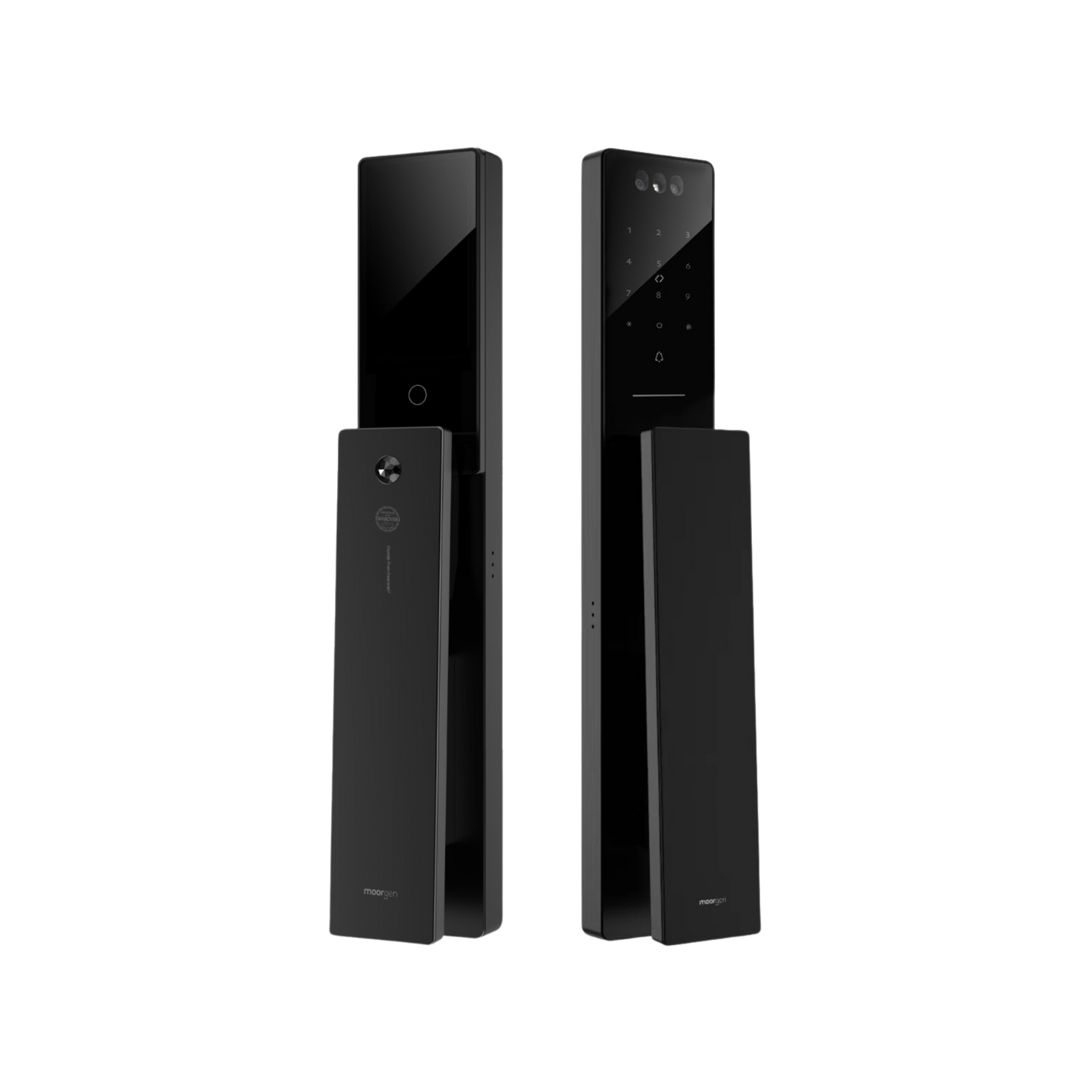




![[Smart Living] How to Choose a Smart Power Strip? Swift Transform Your Home into a Smart Home!](http://moorgen.hk/cdn/shop/articles/blog_cover_moorgen_how_to_choose_smart_power_strip.png?v=1728137093&width=533)
![[Smart Living] How to Choose LED Bulbs? Which Ones Are the Most Energy-Efficient?](http://moorgen.hk/cdn/shop/articles/blog_cover_moorgen_how_to_choose_led_bulbs.png?v=1728136975&width=533)
![[Smart Living] How to Choose an Instant Hot Water Dispenser and Use It Efficiently?](http://moorgen.hk/cdn/shop/articles/blog_cover_moorgen_how_to_choose_instant_hot_water_dispenser.png?v=1728136837&width=533)
![[Smart Living] 5 Energy-Saving Tips for Electric Kettles](http://moorgen.hk/cdn/shop/articles/blog_cover_moorgen_energy_saving_tips_electric_kettles.png?v=1728136710&width=533)
